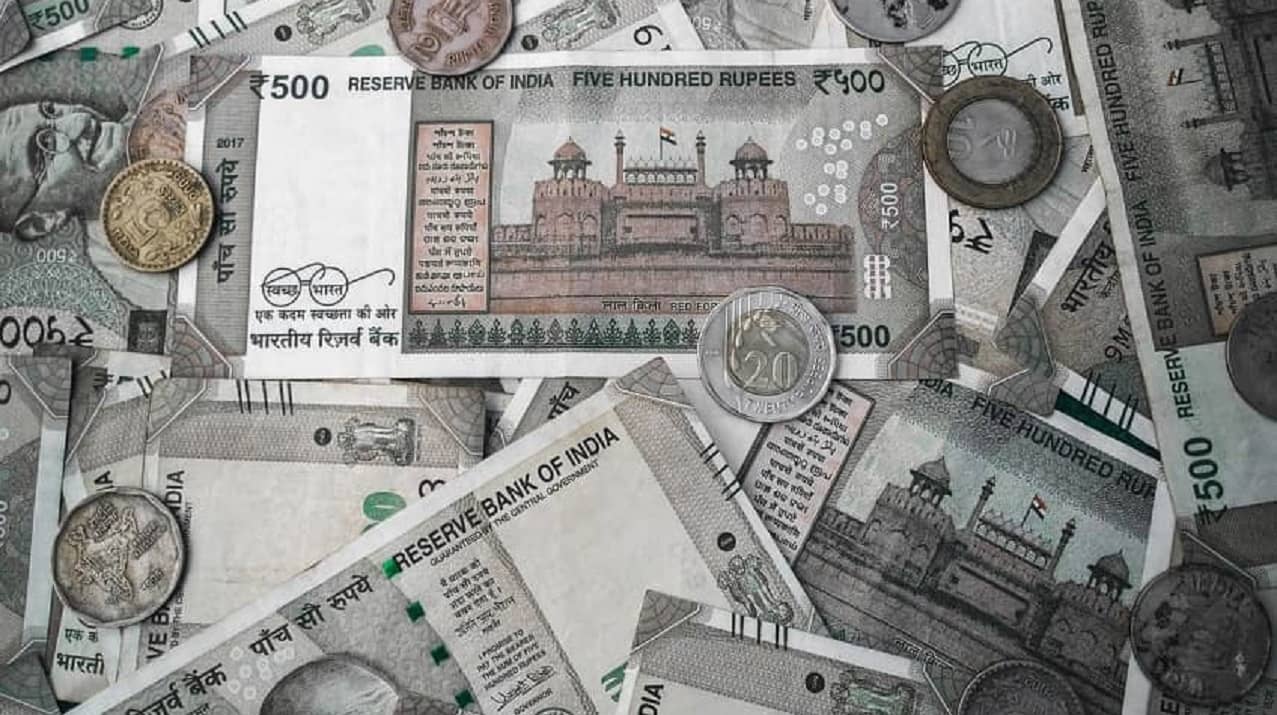List Of Maharatna Companies In India
How India’s corporate bond market is growing and why it’s still not enough

Last Updated: 11th December 2022 - 09:40 pm
Late last month, Reserve Bank of India deputy governor T Rabi Sankar pointed out how the country’s corporate bond market had been growing over the past decade and highlighted some of the key reasons why it hadn’t developed as strongly as policymakers would have liked.
Sankar, speaking at a conference in Mumbai, said absence of a secondary market for corporate bonds, high margin requirements for corporate bonds repo and a lack of depth in credit derivatives have hindered the development of a strong bond market. He then suggested a few steps to rectify the situation—diversify the investor base, improve access of borrowers at the lower end of the credit spectrum, and improve repo and derivative markets.
Indeed, there is a general consensus among authorities, policymakers and analysts that India needs to do more to deepen and widen its corporate bond market.
But why is everyone concerned about the lack of depth in the corporate bond market? How has the market been growing? And what needs to be done to tackle the challenges the market faces in its quest for growth?
Bond market: The last decade
A vibrant corporate bond market is essential to not only provide alternative sources of financing to companies but also to accelerate economic growth. This is because bank credit alone is often not sufficient, especially in the case of long-term projects since commercial banks get a large portion of the money to lend from retail deposits that are mostly short-term in nature.
The bond market helps avoid this mismatch between short-term deposits and long-term loans by providing an avenue to match long-term projects with long-term finance.
To be sure, the RBI, the Securities and Exchange Board of India and the government have taken various steps to develop the corporate bonds market. And indeed, the size of the corporate debt market has expanded. But it still remains relatively underdeveloped compared to bank lending.
Moreover, only top-rated companies tend to have an advantage when issuing bonds in terms of cost. Lower-rated companies still mostly rely on lower-cost bank credit for their financing needs.
Corporate bonds issuances have grown steadily in the last ten years. From a tad below Rs 3 lakh crore in FY12, bond issuances more than doubled to Rs 6.7 lakh crore in FY17. Issuances fell the year after, before picking up again and touching Rs 7.8 lakh crore in FY21. Higher issuances in FY21 were driven largely by RBI’s targeted long-term repo operations (TLTROs) in the wake of the Covid-19 pandemic.
However, bond issuances fell again in FY22, as a higher-than-expected borrowing programme by the Indian government, elevated oil prices and rising global yields pushed up yields on both local corporate bonds and government securities, according to a report by Bank of Baroda Research. Unlike bank loans, where the interest cost varies with the monetary policy, the cost of capital gets locked in at the issuance rate for bonds.
Notably, private placements have accounted for a vast majority of these issues as opposed to public issues in the last 10 years. In fact, the shar of private placements has risen from 88% of the total corporate bond issuance in FY12 to 98% in FY22. This is because private placements entail lower costs, quicker turnaround time and better price discovery than public issues.
Bonds versus bank credit
The stock of corporate bonds outstanding has jumped almost four-fold over the past decade, from Rs 10.5 lakh crore in FY12 to Rs 39.6 lakh crore in FY22.
While credit outstanding by commercial banks to industry and services has remained higher than corporate bonds outstanding, growth in incremental credit has been tepid. Outstanding credit by banks has just about doubled to Rs 61.7 lakh crore in FY22 from Rs 29.6 lakh crore in FY12.
In terms of growth rate, credit outstanding by banks and corporate bonds was around 18% each in FY12. But growth in corporate bonds has been, in most years, much faster than bank credit.
While outstanding bank credit has grown in single digits every year since FY13, outstanding corporate bonds have expanded at a double-digit pace in all years except FY20, according to Bank of Baroda Research.
In FY21, bank credit growth fell sharply to 1.6% from 7.6% in the previous year but growth in corporate bonds outstanding bounced bank to 11% from 6.1% in FY20.
However, a deeper look into this data reveals the shallowness of the corporate bond market. For, the financial services sector accounts for nearly three-fourths of the money raised through corporate bonds. Within this, banks, mutual funds and asset financing companies are the major players. Most of these companies also tend to have a rating of AA and above, which makes it cheaper for them to access the bond market.
This means companies with credit rating of “A” and lower generally have to pay higher coupon rates than bank rates. So, these companies would benefit from bank borrowings as borrowing through bonds would be expensive.
In the non-financial segment, funds raised by the manufacturing sector by tapping the corporate bonds market averaged about 5.6% between FY12 to FY22.
The share of the services sector has averaged around 10% during this decade while the share of electricity has averaged close to 7%, according to BoB Research.
Bonds versus G-Secs
There is no doubt that there has been considerable growth in the corporate bond market in India. In fact, growth in the bond market has even outpaced growth in bank credit.
However, trading in corporate bonds has been far lower than the G-sec market as G-secs have a well-developed secondary market while corporate bonds lack this avenue.
To put things in perspective, the turnover of government securities was Rs 126.6 lakh crore in FY22, or about seven times the amount of trading recorded in corporate bonds.
The way forward
Credit demand has gathered momentum in recent months as India’s economy continues to recover from the Covid-19 pandemic. In July, for instance, bank credit rose by 15.1% year on year.
But bank credit alone isn’t enough to meet this growing demand for financing. External commercial borrowings, too, aren’t as lucrative as before because of a sharp increase in interest rates by central banks of major economies and due to the depreciation of the Indian rupee against the dollar.
This makes the corporate bond market even more important. But the market faces several hurdles.
Analysts say the absence of an active secondary market for corporate bonds diminishes their attractiveness for retail investors due to lower liquidity than equities or government bonds. Moreover, almost all corporate bond issuances take place through the private placement route and so retail investors miss out.
In addition, the corporate bond market is heavily skewed towards higher rated papers. RBI data show that as much as 80% of issuances in value terms in FY22 were rated AAA, and another 15% were rated AA.
Clearly, policymakers have their task cut out. They need to put in place mechanisms to make it more attractive for lower-rated companies to tap into the bond market and attract more retail investors overall.
Another major challenge that deters investors, especially retail investors, relates to dealing with possible defaults by bond issuers. Policymakers would have to overcome this issue to make the corporate bond market more buoyant.
Trending on 5paisa
Discover more of what matters to you.
Indian Stock Market Related Articles
 Sachin Gupta
Sachin Gupta Ruchit Jain
Ruchit Jain Tanushree Jaiswal
Tanushree Jaiswal




